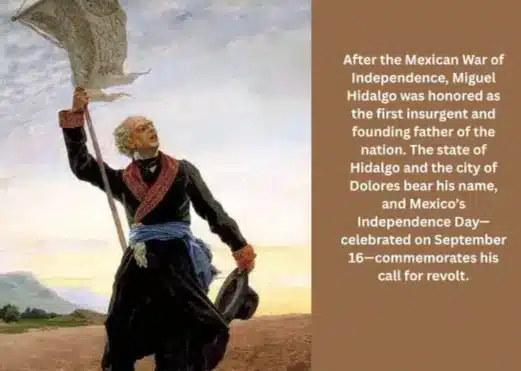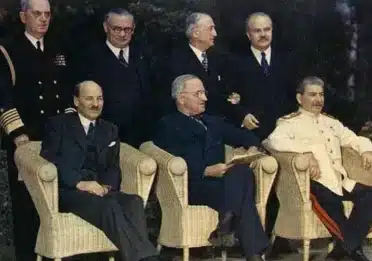New York’s Journey: Dutch Legacy to Global Finance
New York, often referred to as New York City, stands as the most populous city in the United States, boasting a densely packed population exceeding 8.3 million over an area of 300.46 square miles. Situated at the southern tip of New York State, the city holds a prime location on one of the world’s largest natural harbors, a legacy rooted in the Dutch New World colonial ventures that shaped its early history.
Beyond its national significance, New York City holds global prominence, serving as a pivotal center for commerce, health care, research, technology, politics, tourism, art, and more. Home to the United Nations headquarters, the city plays a crucial role in international diplomacy, earning it the reputation of the world’s most important city and the title of the “capital of the world” as well as “financial capital of the world”.
Did you know that New York City was once known as New Amsterdam and played a part in a Dutch colony named New Netherland? Interestingly, this settlement was founded by one of the earliest publicly traded stock companies called the Dutch West India Company. Explore the fascinating tale of this company, delving into its pivotal role in the establishment of New York and its impact on different regions in the Americas. Discover more about the Dutch West India Company and its influence on the historical landscape in this article.
💻 Table of Contents:
- New Netherland: A Dutch Colonial Venture
- New York’s Origin: From New Amsterdam to British Control
- The Story behind New York’s Name: Dutch Roots and English Influence
- New York City: A Symbol of Political Power and Diplomatic Influence
 |
| Central Park of New York City |
New Netherland: A Dutch Colonial Venture
In 1621, the government of the Dutch Republic gave permission to the Dutch West India Company, a private joint stock corporation, to have control over trade and colonization in the American region from Newfoundland to the Straits of Magellan. This control was granted for 24 years. The Company had the authority to have its military and significant power over administration and justice. This included the ability to appoint and remove governors, justice officers, and other public officials to maintain order and justice while promoting trade. The Company started establishing settlements in New Netherland in 1625.
Seeking new trading opportunities, one such expedition, led by Henry Hudson in 1609, explored the region that would come to be known as the Hudson River. Hudson’s exploration laid the foundation for Dutch claims in the area. In 1626, the Dutch acquired the island of Manhattan through a purchase from Native Americans, subsequently renaming it New Amsterdam. This settlement served as the capital of the Dutch colony known as New Netherlands, which encompassed a larger territory including parts of present-day New York, New Jersey, Connecticut, and Delaware.
💻 You May Also Like:
- The Dutch Golden Age: Legacy of the Eighty Years’ War
- History of Dutch Brazil: And Division of the New World by the Pope
- The British-Dutch Battle in South Africa: A Clash of Empires
- Tasmania’s Dutch Connection: A Historical Journey
- Indonesia’s Fragmented Archipelago: Dutch Colonial Advantages
Before it was named New Amsterdam, the area that is now New York City was originally inhabited by Native American tribes, with the Lenape people being prominent in the region. They referred to the area as “Mannahatta,” meaning “island of many hills” or “land of many streams” in the Lenape language. The Lenape had settlements and villages on the island of Manhattan before European colonization.
 |
| Battle of Lowsoft |
The primary objective of the Dutch in New Netherlands was to establish profitable trade networks. The region’s rich natural resources, including fur-bearing animals, attracted Dutch traders who engaged in the fur trade with Native American tribes. New Netherlands became a diverse and multicultural society.
New York’s Origin: From New Amsterdam to British Control
From New Amsterdam to British Control Under the WIC’s guidance, New Amsterdam thrived as a bustling trading hub, engaging in a lucrative fur trade with Native American tribes. The settlement attracted a diverse population, contributing to its cultural and economic vibrancy. As New Amsterdam grew, the WIC implemented the patron system to encourage further settlement and agricultural development.
The Dutch encouraged immigrants from various European nations, as well as free and enslaved Africans, to settle in the colony. The Dutch policy of religious tolerance also attracted religious minority groups, including Jews seeking refuge from persecution.
The Dutch colonization of New Netherlands and the involvement of the VOC represented an early European presence in North America and helped shape the future development of the United States. While the Dutch ultimately lost control of the colony, their brief period of settlement left a lasting imprint on the history and cultural mosaic of the region.
 |
| Dutch West Indies Flag |
The Story behind New York’s Name: Dutch Roots and English Influence
The English, seeking to expand their own colonial holdings, challenged Dutch control over New Netherlands. In 1664, amid the Second Anglo-Dutch War, the English took possession of New Amsterdam from the Dutch. The English renamed the city New York in honor of James, Duke
of York and Albany, who would later become King James II of England.
After the English took over, New York became an important British colonial city. It served as the capital of the Province of New York and later as a key center for trade, commerce, and immigration.
Although Dutch control over New Netherlands was relatively short-lived, lasting only about 40 years, it left a lasting impact on the region. Dutch influences can still be seen today in place names, architecture, and cultural traditions, particularly in the New York City area.
 |
| New York City Photo |
New York City: A Symbol of Political Power and Diplomatic Influence
During the American Revolution, New York City was a significant battleground. It was occupied by the British for most of the war but was eventually liberated by American forces in 1783. After the American Revolution, New York became one of the original 13 states of the newly formed United States.
The city continued to grow rapidly throughout the 19th century, fueled by immigration, industrialization, and its strategic location as a major port. Today, New York is one of the most populous and iconic cities in the world. It is known for its cultural diversity, global influence in finance, commerce, and the arts, and its famous landmarks such as the Statue of Liberty, Times Square, and Central Park.
The name “New York” serves as a lasting testament to the city’s colonial origins and its transition from Dutch to English control. It has become synonymous with the city’s identity and has played a significant role in its historical and cultural development.
 |
| Native Americans with Europeans |
Conclusion:
New York City stands as a remarkable symbol of political power and diplomatic influence, with a rich history deeply tied to its Dutch New World roots. The foundational contributions of the Dutch, including religious tolerance, democratic principles, and the establishment of New Amsterdam as a pivotal trading hub, have profoundly shaped the city’s identity.
This Dutch influence reverberates through the multicultural fabric of New York, echoing in its architecture, place names, and the endurance of Dutch surnames. As a testament to the enduring impact of the Dutch legacy, New York City stands as a testament to the harmonious fusion of history and modernity.
Frequently Asked Questions
New York City was originally called New Amsterdam, founded by the Dutch in 1626 as the capital of the colony of New Netherland.
New Amsterdam was founded by the Dutch West India Company in 1626 after purchasing the island of Manhattan from Native Americans.
In 1664, during the Second Anglo-Dutch War, the English captured New Amsterdam and renamed it New York in honor of the Duke of York, who later became King James II of England.
The Dutch legacy in New York City includes influences in place names, architecture, and cultural traditions, as well as foundational contributions to religious tolerance and democratic principles. These elements continue to shape the city’s identity today. What was New York City originally called?
Who founded New Amsterdam?
Why was New Amsterdam renamed New York?
What is the Dutch legacy in New York City?








